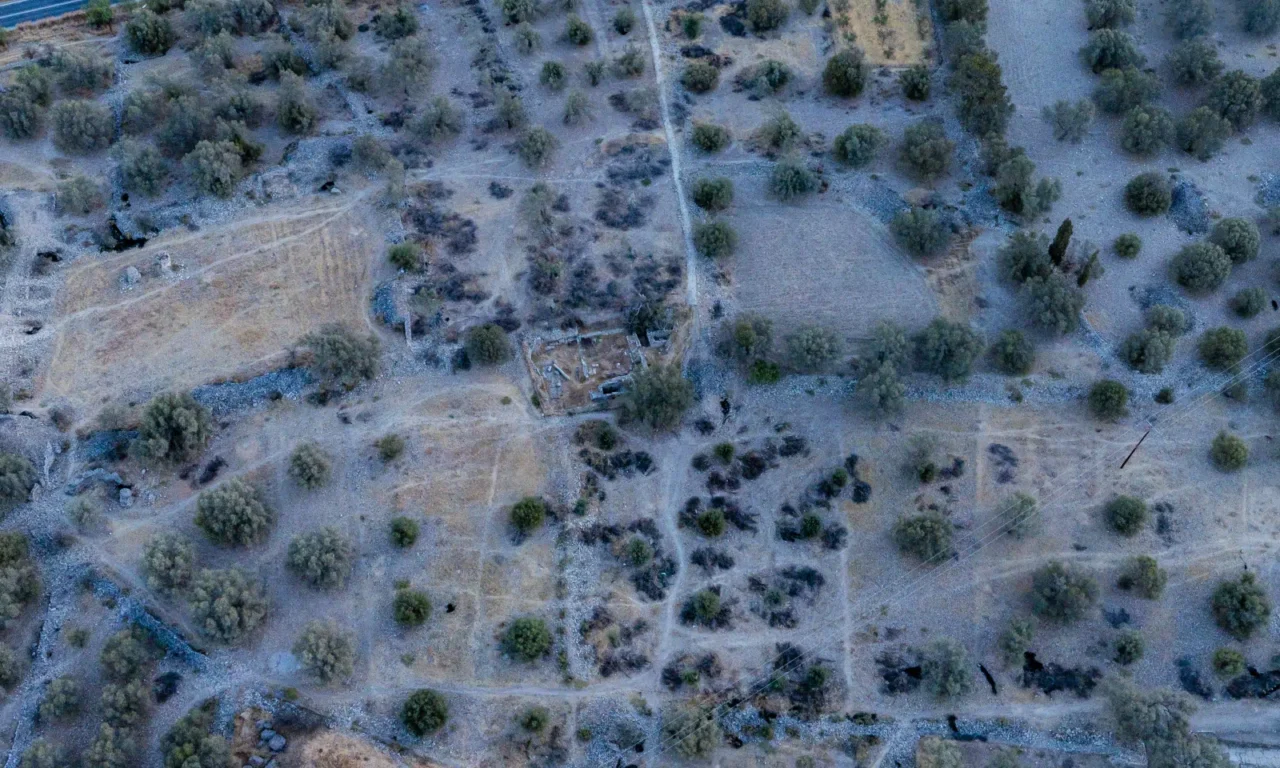
A Fusion of Faiths in Roman Crete
The Sanctuary of the Egyptian Gods at Gortyn, unearthed in 1914, provides a fascinating glimpse into the religious landscape of Roman-era Crete. Dedicated to the Egyptian deities Isis, Serapis, and Hermanubis, the sanctuary reflects the cosmopolitan nature of Gortyn, the capital of the joint province of Creta et Cyrenaica, and the widespread influence of Egyptian cults throughout the Roman Empire.
Location and Context
The sanctuary is situated within the urban fabric of Gortyn, close to other significant Roman structures, including the Praetorium, the seat of the Roman governor. Its location within the city’s core underscores the acceptance and integration of Egyptian cults into the Roman provincial capital’s religious tapestry. The sanctuary’s presence alongside traditional Greco-Roman temples highlights the diverse and dynamic nature of religious practices in this cosmopolitan center.
Historical Significance
The sanctuary’s presence in Gortyn attests to the popularity and influence of Egyptian cults in the Roman world, particularly during the Imperial period (27 BC – 476 AD). The worship of Isis, Serapis, and other Egyptian deities offered a message of hope, salvation, and personal connection with the divine, resonating with people from various social and cultural backgrounds. The sanctuary likely served as a focal point for the Egyptian community in Gortyn, providing a space for worship, ritual practices, and social interaction.
Architectural Layout and Features
The sanctuary comprises a temple and several associated structures, including a basin, a rectangular room with a staircase leading to an underground chamber (crypt), and another small construction. The temple itself is relatively small and simple in design, with a west-facing entrance and a podium within the cella (inner chamber) for the placement of cult statues. The presence of the crypt and other structures suggests a complex ritual landscape, possibly accommodating various cultic activities and ceremonies. In front of the temple, excavations revealed a stylobate (platform) that once supported six columns with Ionic capitals, suggesting a portico or colonnaded entranceway.
The Cult Statues
The sanctuary’s most striking finds are the four marble statues discovered near the podium within the temple’s cella. Three of these statues are identified as Isis, Serapis, and Hermanubis, key figures in the Egyptian pantheon. The fourth statue, depicting a female figure larger than life-size, is believed to represent Flavia Filyra, the donor who, along with her children, dedicated the temple to the gods. These statues, along with other artifacts such as terracotta figurines and ex-votos, provide valuable insights into the religious practices and beliefs associated with the sanctuary.
The Founders and Benefactors
An inscription on the temple’s architrave reveals the names of the sanctuary’s founders: Flavia Filyra and her children, Gaius Metronius Maximus, Filira, and Lyskia. The inscription, dating to the late 1st or early 2nd century CE, commemorates their dedication of the temple to the Egyptian deities. The use of the name “Filira,” possibly derived from a plant name, suggests a connection to manumission practices, hinting at the complex social dynamics of Roman Gortyna.
Religious Practices and Beliefs
The sanctuary at Gortyn reflects the syncretic nature of religious practices in the Roman world, where diverse cults and traditions coexisted and often intertwined. The worship of Egyptian deities, particularly Isis and Serapis, was widespread throughout the Roman Empire, offering a message of hope, salvation, and personal connection with the divine, resonating with people from various social and cultural backgrounds.
The presence of the crypt and other structures within the sanctuary suggests a range of ritual activities. The crypt may have been used for initiation rites or mystery cults associated with the Egyptian deities. The discovery of ex-votos and other offerings further attests to the active participation of worshippers in the sanctuary’s religious life.
The Sanctuary’s Evolution and Decline
The sanctuary’s history spans several centuries, from its foundation in the late 1st or early 2nd century CE to its decline in the Late Antique period. The presence of earlier structures beneath the temple suggests a possible Hellenistic origin for the cult site, indicating a long tradition of Egyptian religious practices in Gortyna.
The sanctuary’s fortunes likely mirrored those of the city itself. Gortyna’s prominence as the provincial capital under Roman rule fostered a cosmopolitan environment where diverse cults and traditions thrived. However, the decline of the Roman Empire and the rise of Christianity led to the gradual abandonment of the sanctuary. By the 4th century AD, the temple complex was no longer in use, its structures repurposed or left to decay. The excavator mentions the presence of tombs in the northern part of the temple, one of which contained a significant number of Byzantine coins, indicating its reuse in later periods.
Archaeological Site: Key Points
- Construction Period: Late 1st or early 2nd century CE, with possible earlier phases dating back to the Hellenistic period
- Location: Within the urban fabric of Gortyn, close to other important Roman structures
- Dimensions: The temple itself is relatively small, but the sanctuary complex includes several associated structures, covering a significant area
- Historical Significance: Represents the integration of Egyptian cults into the religious landscape of Roman Gortyna, highlighting the city’s cosmopolitan nature and the widespread appeal of Isis and Serapis. It also provides evidence for the continuity and transformation of religious practices in Gortyn from the Hellenistic to the Byzantine periods
- Current Status: The ruins of the sanctuary are preserved at the archaeological site of Gortyna, offering visitors a glimpse into the diverse religious practices of the Roman era
References
- Lippolis, Enzo. 2016. “Roman Gortyn: from Greek polis to provincial capital.” In Roman Crete: New Perspectives, edited by Jane E. Francis and Anna Kouremenos, 155-174. Oxford & Philadelphia: Oxbow Books.
- Maikidou-Poutrino, D. (2021). The Sanctuary of the Egyptian Gods at Gortyn. In Database of Religious History. Retrieved from https://religiondatabase.org/browse/1164
Although you can't take photos. Why?














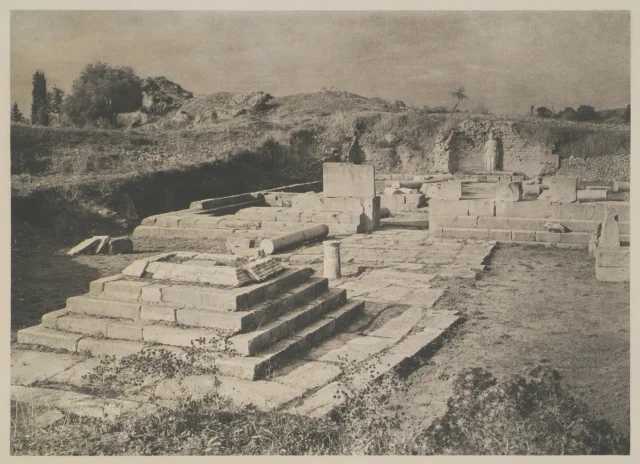
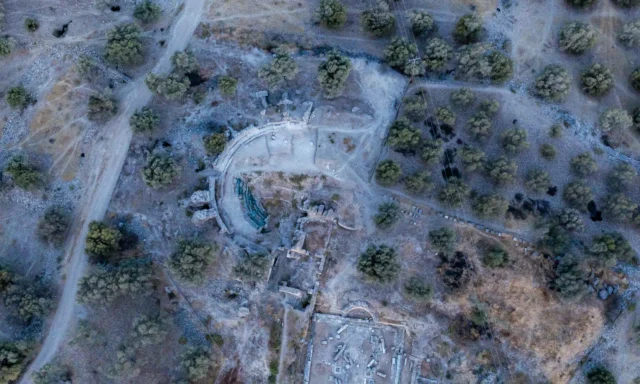

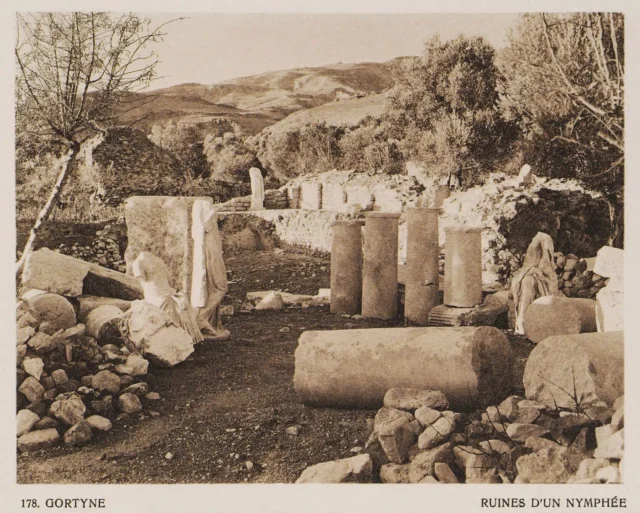
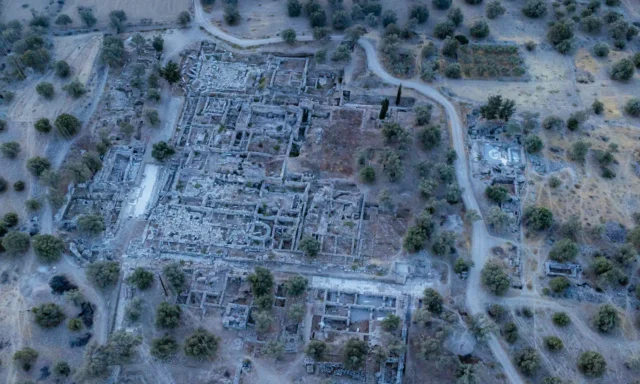

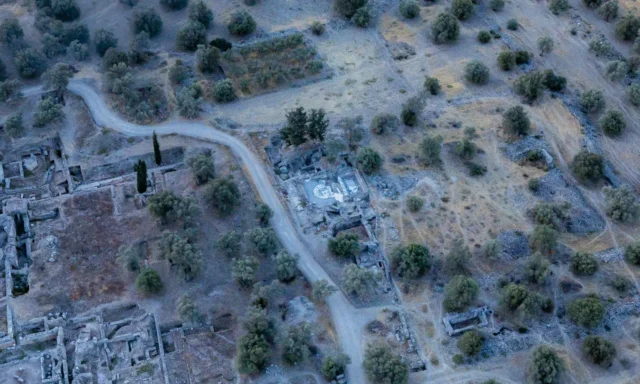

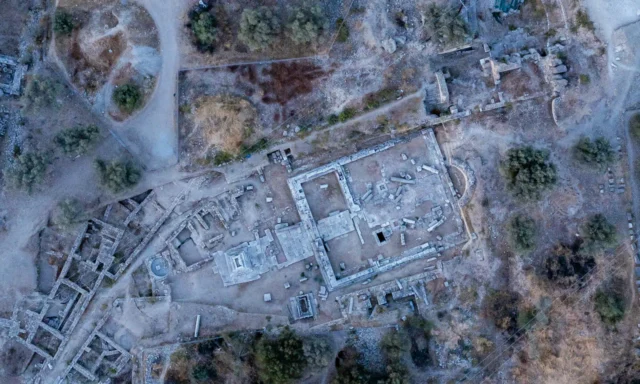
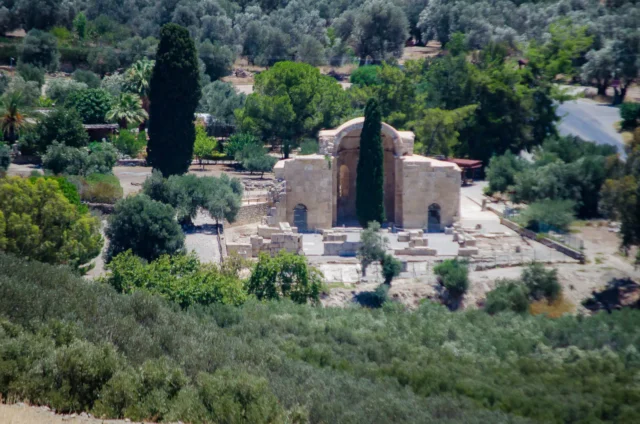
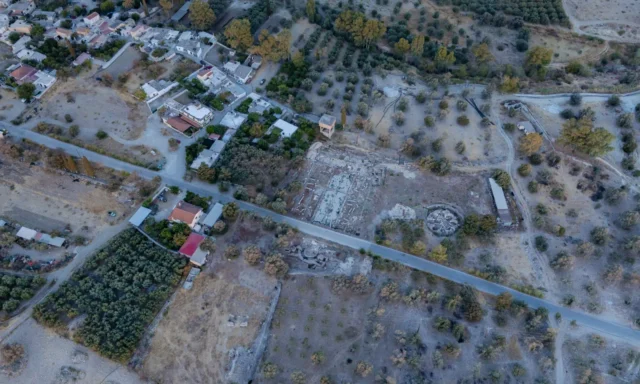
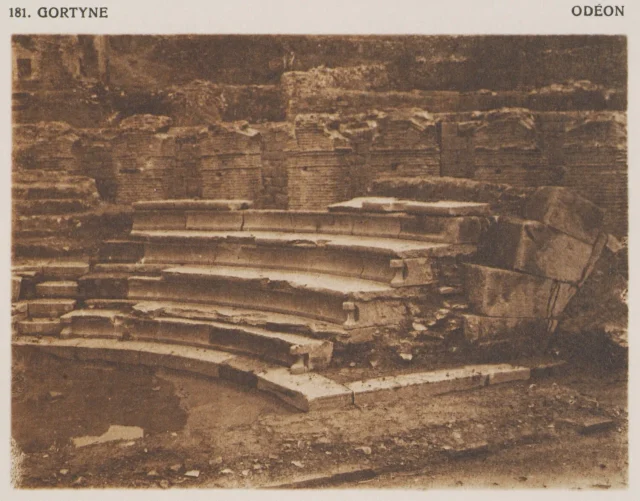

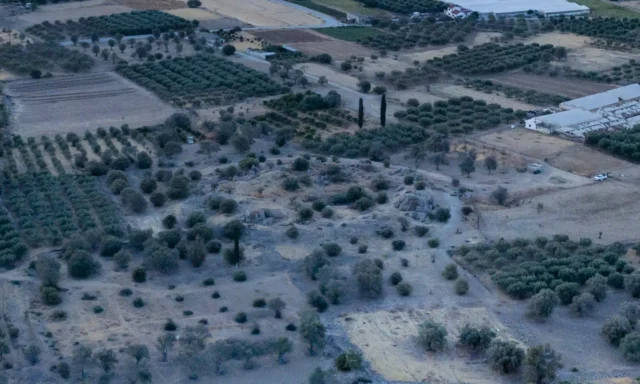
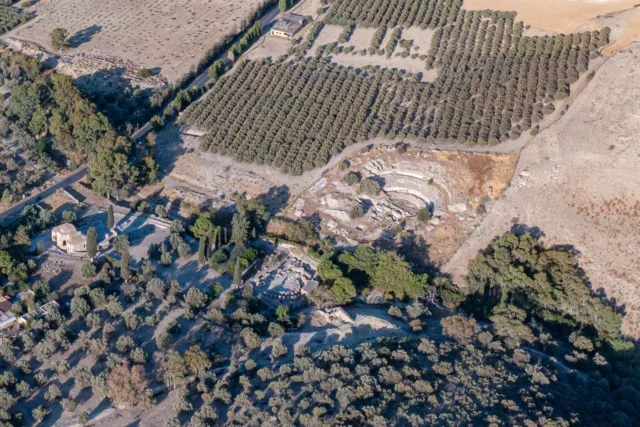

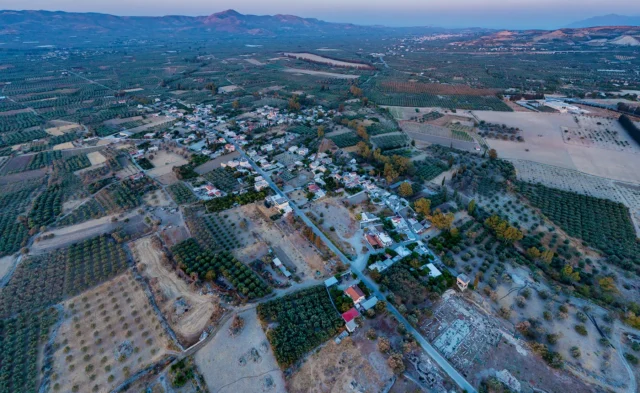

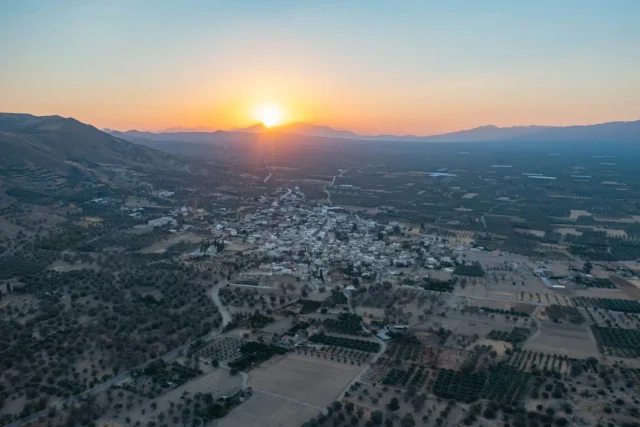
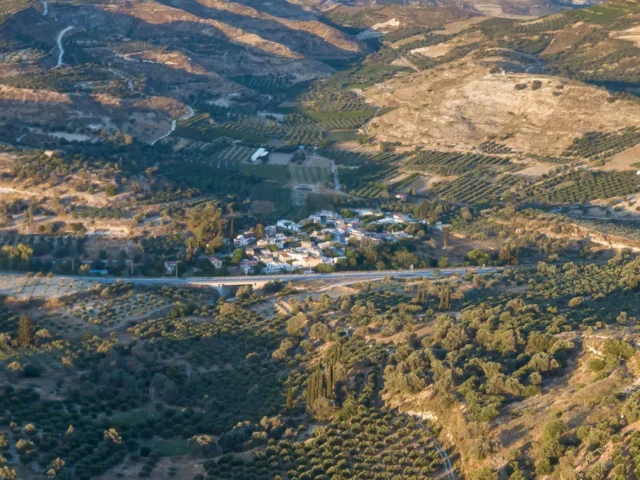
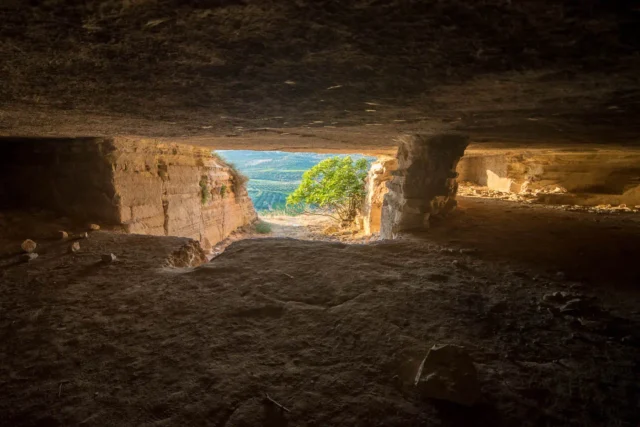

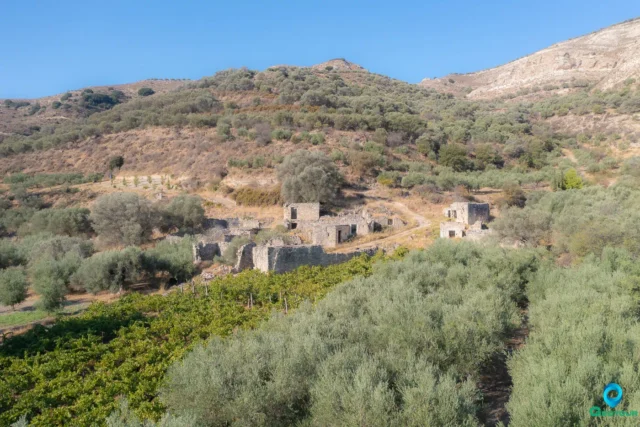

There are no comments yet.